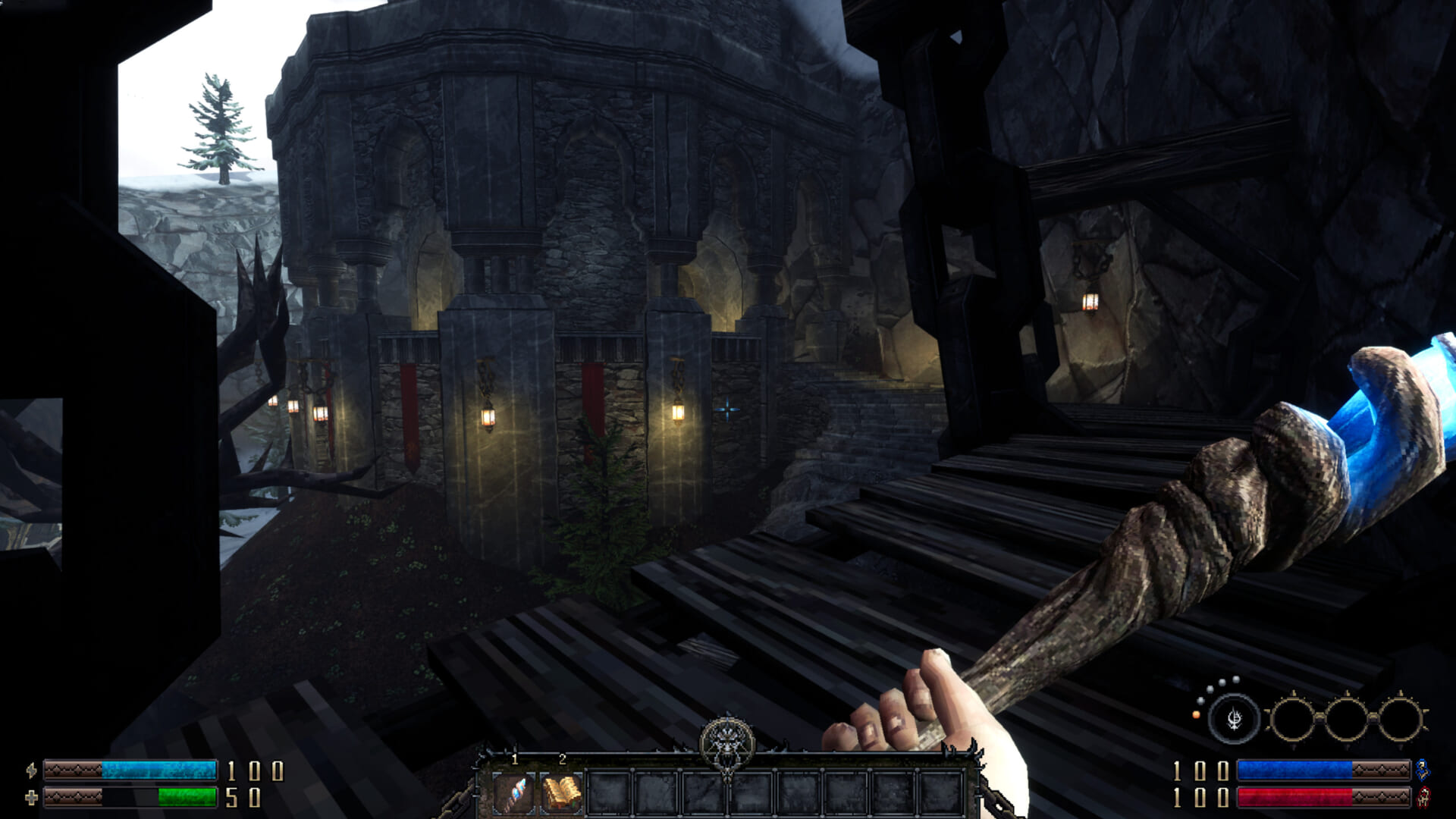

Soon afterward, a new wave of iconoclasm accompanied the Protestant Reformation. Those who taught differently were to be suspended if clergy and excommunicated if lay Christians.Ī remarkable extension with assent from the pope occurred in 1512, the completion of Michelangelo’s Sistine Chapel ceiling with its dramatic painting of a bearded God reaching out with a finger to give life to Adam. It said that though Jesus Christ is God, he “can be presented in his humanity” in churches, along with his mother Mary, angels, saints, the cross, and the Scriptures. The council’s decree distinguished between full-fledged worship ( latreia) that is due to God alone, over against reverence and veneration toward images. 787, which governs Catholic and Orthodox policy to this day. The bitter dispute was finally resolved at the Second Council of Nicaea in A.D.

Politicians, priests, and armies rallied to destroy images and persecute their devotees. Thus ensued the “iconoclasm” (image-breaking) campaign to purify worship. Wide proliferation of statues, carvings, mosaics, and paintings in churches occurred after Christianity became the official faith of the Roman empire in the late 4th Century.Ī fierce reaction erupted in the 8th Century when the Emperor Leo III and his allies decided images violated the Ten Commandments, fostered superstition, and were a divisive issue in the realm. But Catholic historians note that we find paintings of Jesus and the saints from early church history in the catacombs, and surviving statues of Christ as the Good Shepherd and of the apostle Peter as early as the 3d Century A.D. The New Testament carried forward the shunning of idols among both Jewish Christians and Gentile Christians (see Acts 17:16 or 1 Corinthians 10:14).
ARE PICTURES GRAVEN IMAGES WINDOWS
A famous modern exception to Jewish tradition is Marc Chagall’s stained-glass windows in the synagogue at Jerusalem’s Hadassah Medical Center, which evoke 12 biblical characters, but the images are highly abstract rather than representational.

Hertz said the commandment doubtless hindered ancient Israel’s development of art in general.Īnd yet the holy precincts of the Jerusalem Temple had bronze bulls nd golden cherubim. Joseph Gutmann of Hebrew Union College expressed the consensus view that the commandment’s purpose was “to prohibit images as a focus of worship rather than to eliminate the possibility of art” in secular contexts. Yet biblical law did not forbid nature art altogether. The New Oxford Annotated Bible remarks that “image-less worship of the Lord made Israel’s faith unique in the ancient world where natural powers were personified and statues of them (animal or human) were worshipped.” Archaeology shows that idolatry and nature-worship were commonplace in neighboring Canaan and Egypt, and biblical history records that this perennial temptation didn’t disappear till the 6th Century Exile in Babylon. Jews understood the commandment to forbid 1) worship of false gods without images, 2) worship of false gods through images, 3) worship of the images in and of themselves, and 3) worship of the one true God through images. Jewish scholars say the ban applies to art only in worship contexts due to the “bow down” and “serve” phrasing along with the immediately preceding statement that “you shall have no other gods before me.” As Nahum Sarna wrote, it is inevitable that “an image becomes identified with what it represents” and is itself the object of worship. “Graven image” means a stature or carving, while “any likeness” covers any and all visual representations. The discussion begins with this from the Bible’s venerable Ten Commandments: “You shall not make for yourself a graven image, or any likeness of anything that is in heaven above, or that is in the earth beneath, or that is in the water under the earth you shall not bow down to them or serve them” (Exodus 20:4-5, repeated in Deuteronomy 5:8 and summarized elsewhere, e.g.


 0 kommentar(er)
0 kommentar(er)
